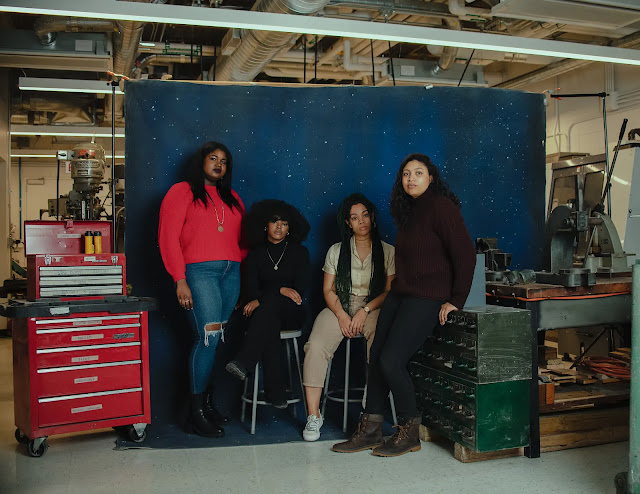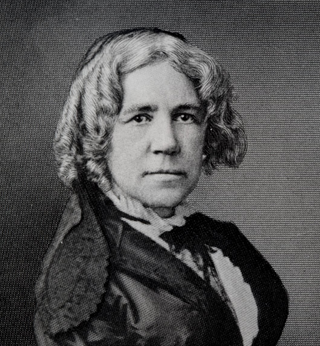Written by Katrina Miller for Wired  |
| Pictured (left to right): Andrea Bryant, LaNijah Flagg, Katrina Miller, and Ayanna Matthews are doctoral students studying physics at the University of Chicago. |
Reaching for the box of hairnets perched on a nearby counter, I fish out a thin, papery cap with a sigh. How the hell is this going to fit over my fro? I flatten my roots and tie my hair into the tightest bun I can muscle. Stretched as far as it’ll go, the hairnet only covers the back of my head. I position another over my forehead and a third to straddle the middle. Has no physicist here ever been a woman or had to contend with hair like mine? With effort, I tug the hood of my coverall over the hairnets. The taut fabric rustles loudly in my ears as I open the door to join my peers.
I am here, in a basement lab at the University of Chicago, to work on a small-scale particle detector that might help in the search for dark matter, the invisible glue that physicists believe holds the universe together. Dark matter emits no light and, as far as anyone can tell, doesn’t interact with ordinary matter in any familiar ways. But we know it exists from the way it influences the motions of the stars. The allure of dark matter is what inspired me to pursue a PhD in physics. But in more ways than one, I keep feeling like I just don’t fit.
Shout out to AAAS Mass Media Fellow and AASWomen blog contributor, Katrina Miller, for her powerful article on Black women's experiences in physics in Wired.







